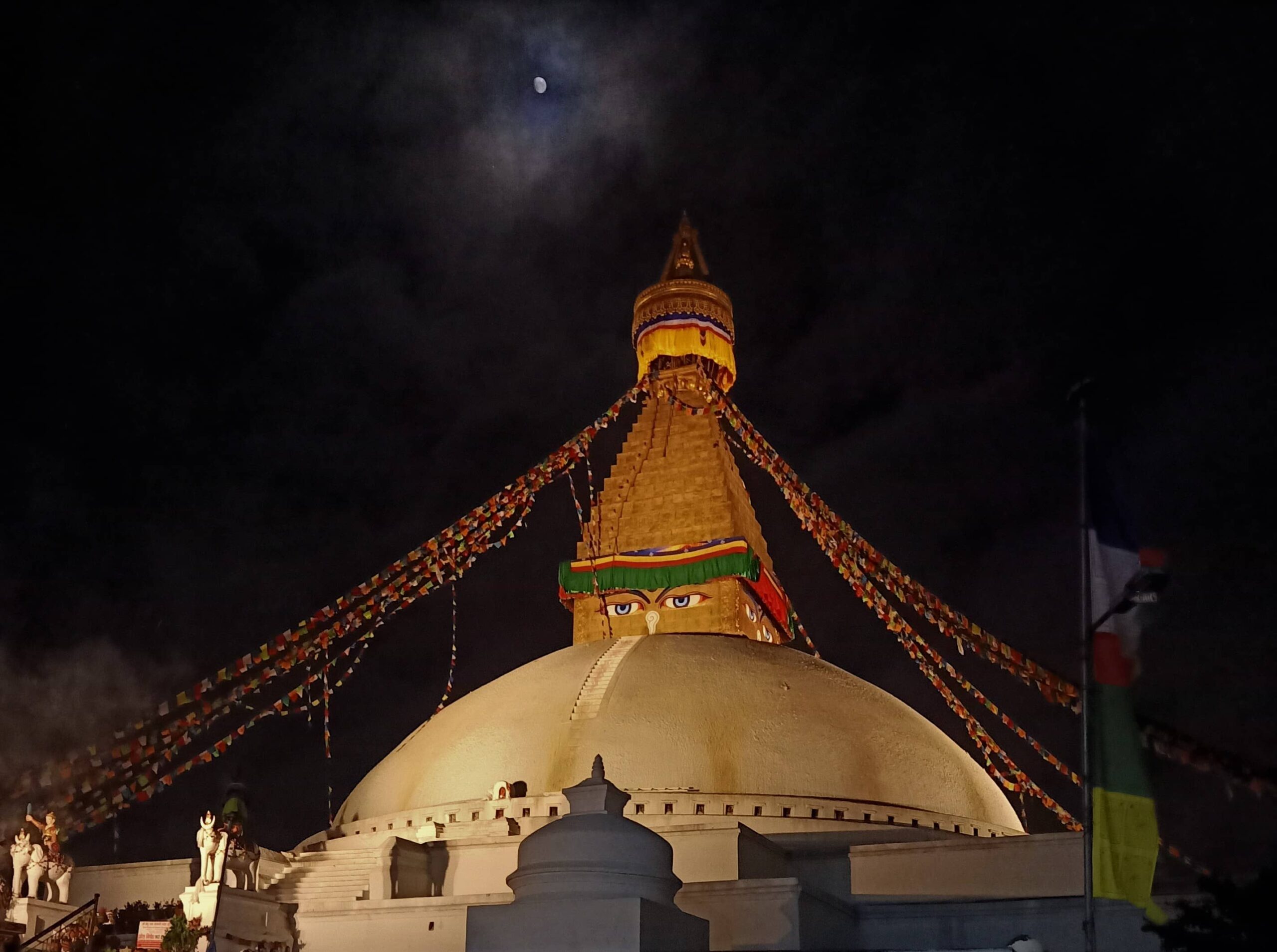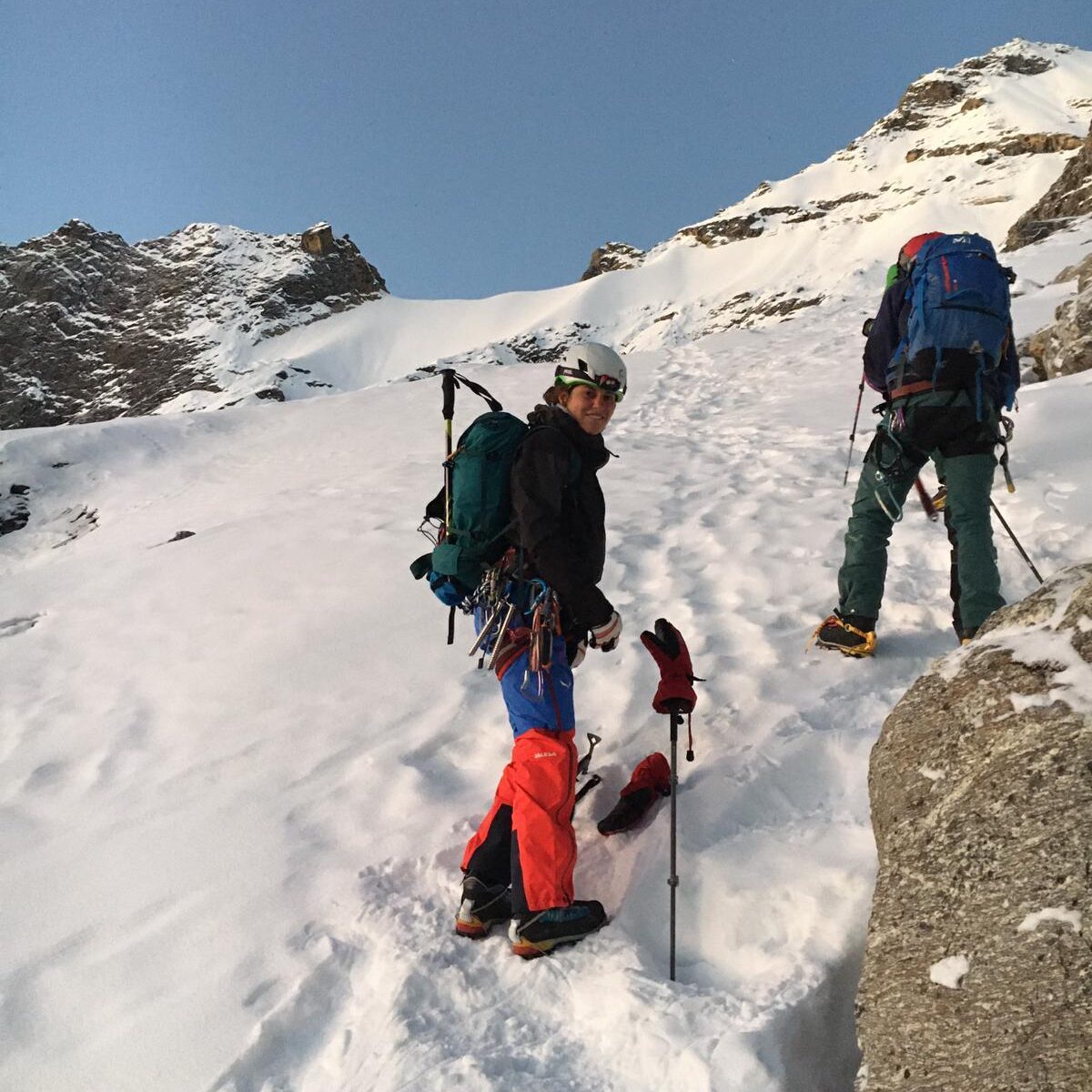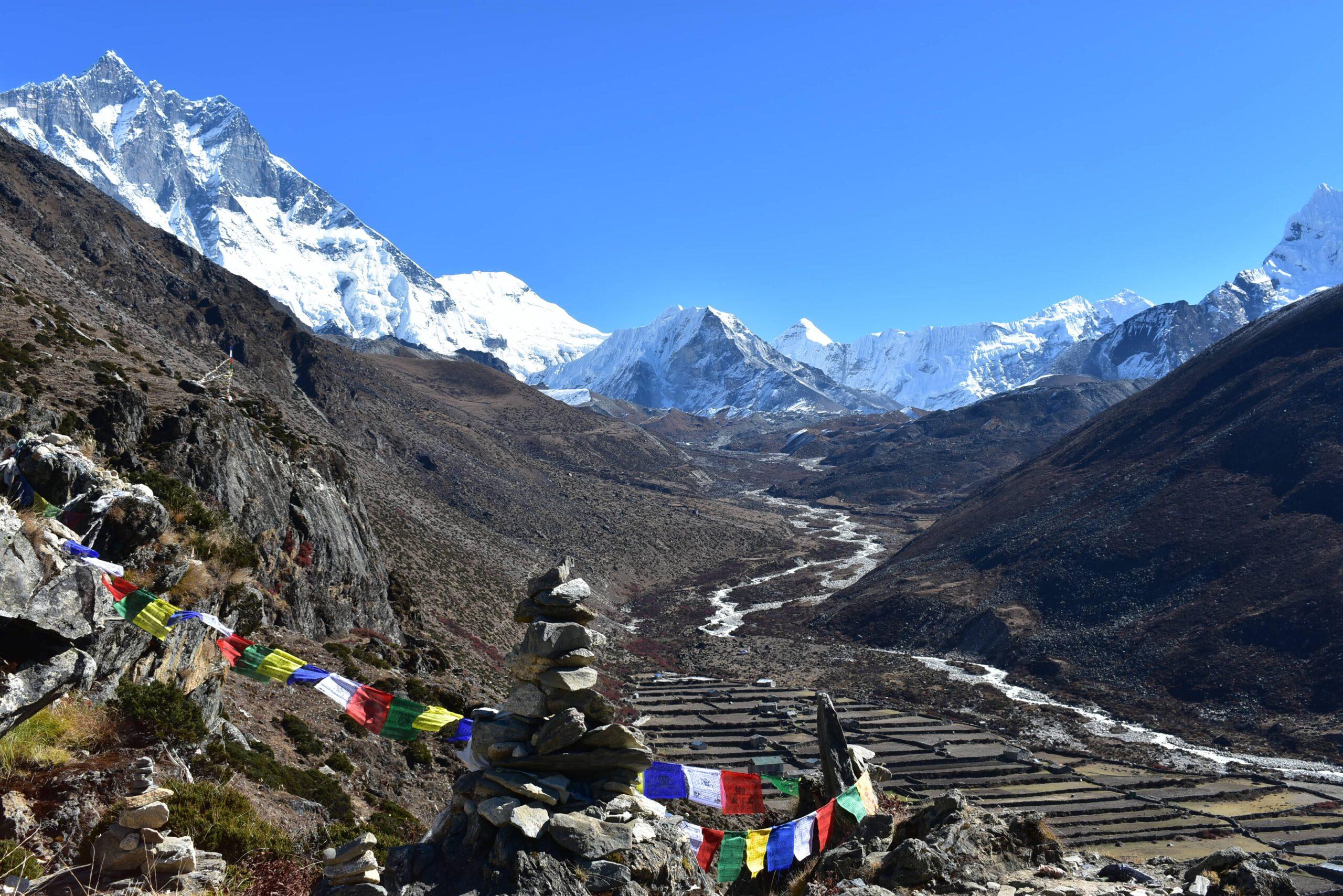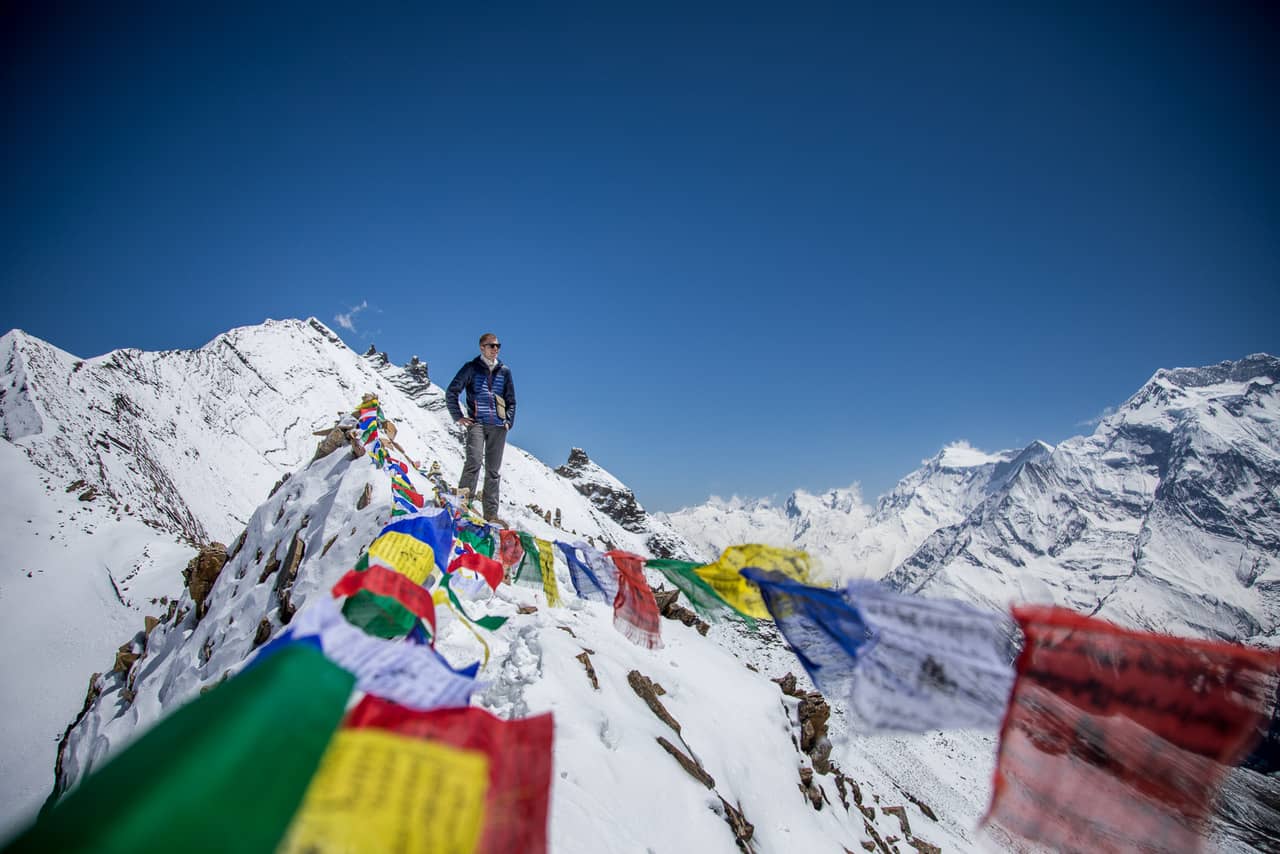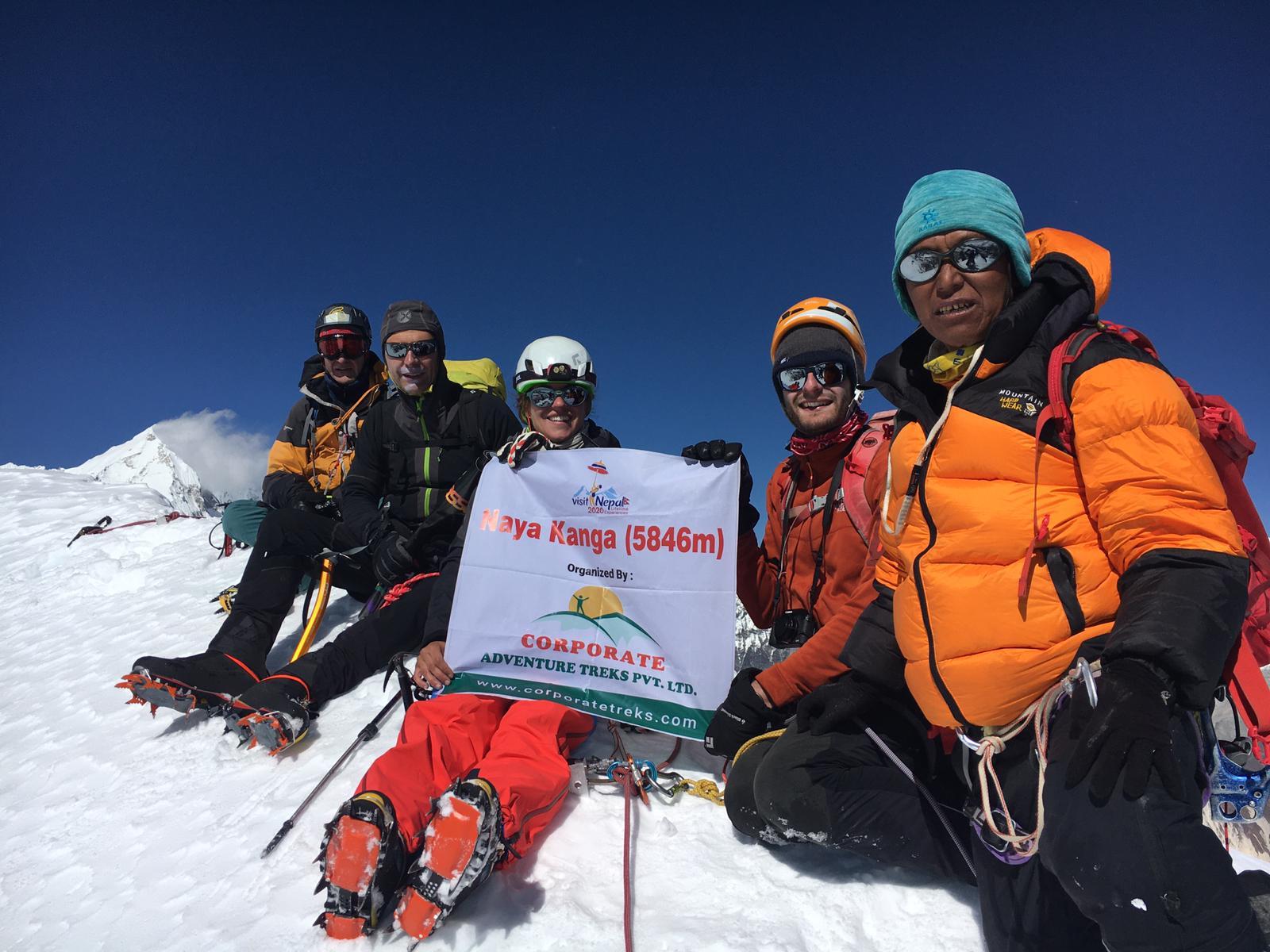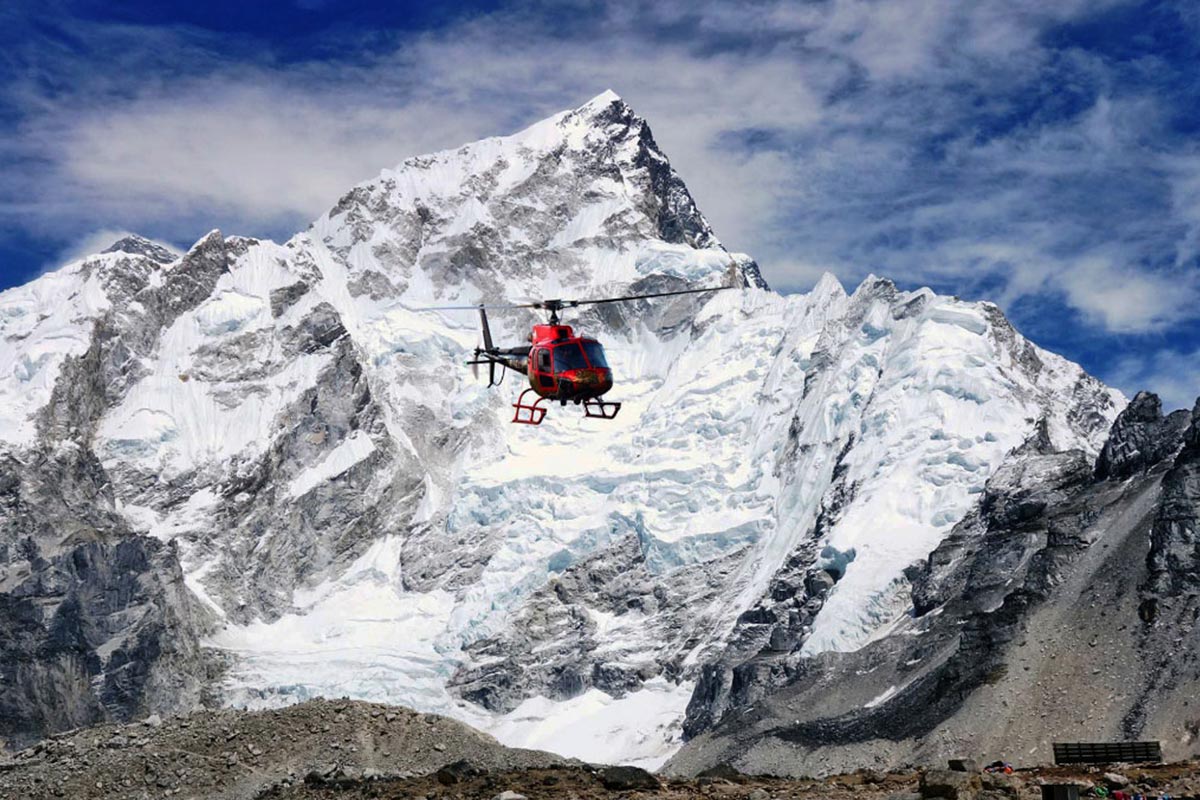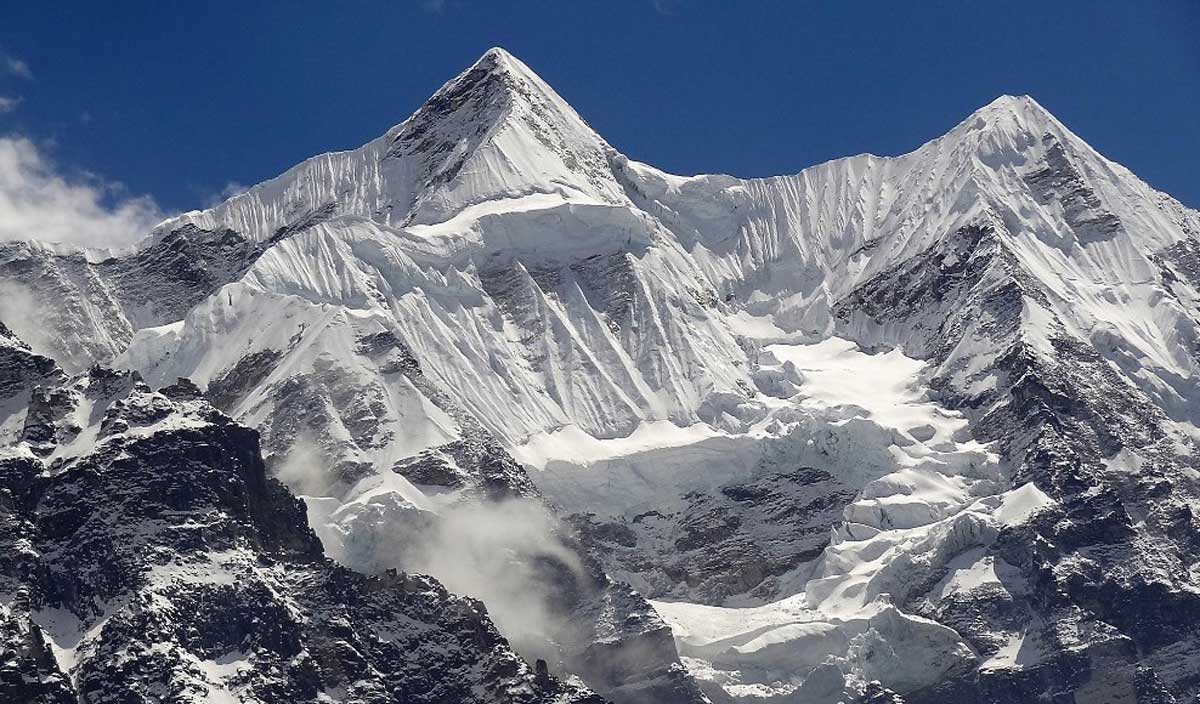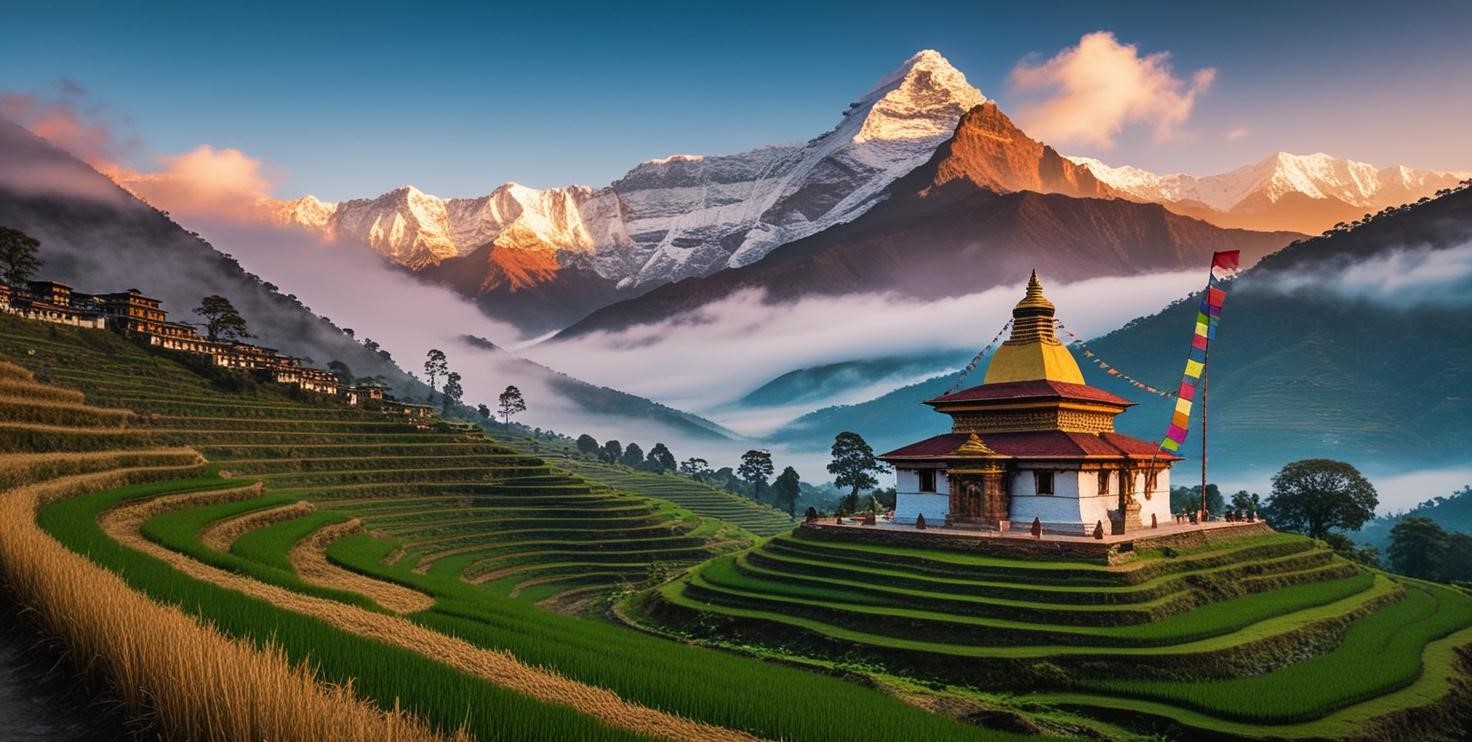Curious why you should visit Nepal! From Everest Base Camp to Lumbini, Nepal offers adventure, culture, and breathtaking landscapes for every traveler.
Nepal is one of the best tourist destinations in Southeast Asia. The country, located between two giants, India and China, is filled with varieties of beautiful natural features as well as diverse cultures. Here are some reasons to visit the beautiful country, Nepal.
The highest mountain in the world
Nepal is known as the home of the tallest peak of the world, Mt. Everest. It is located on the northeast side of Nepal and borders with India in the east and Tibet in the north. The majestic mountain lies in the Khumbu region, which is mostly inhabited by the Sherpa community. Due to this reason, Sherpa people have now become synonymous with mountains and mountaineering.
Various trekking routes in the Khumbu region celebrates the beauty of Everest through multiple angles. The majority of the tourists come here to trek till Everest Base Camp, but the daring ones aim for the summit. Every year, thousands of tourists flock to the Khumbu region to bask in the scenic views of Everest and its neighboring mountains like Ama Dablam, Nuptse, and Lhotse.
Besides the Base camp trek, there are other alternatives in the Khumbu region like Island Peak trek and Gokyo Lakes, where tourists can enjoy the serene beauty of the region. To travel and trek in the Kumbu region, tourists need to prepare necessary permits before heading out.
Different culture
Nepal is one of the culturally diverse countries in the world. Due to this reason, Nepal stands out from rest in terms of culture. The country houses 126 ethnic groups, and the government has recognized 59 indigenous nationalities. All these ethnic and indigenous communities have their own set of cultures and traditions, thus making each of them unique and charming. The mutual harmony that coexists between all these different cultures also highlights the charms of Nepal.
Delicious variety of cuisines and friendly people
The diverse culture gives birth to a wide range of cuisines across the country. From east to west, various foods are unique to that particular region only. Dal Bhat (rice and lentil soup) is the staple food of the country, and besides that, there is a wide range of food that suits the palate of each tourist who visits Nepal.
Momo, Newari Khaja set, and Thakali khana set are some of the most popular dishes one should not miss out when in Nepal.
According to geography, climate, and crop availability, different communities have their unique cuisine. For example, the Newari population is mostly inhabited in the hilly region like Kathmandu valley, so they have a variety of meat and vegetable dishes. For the Sherpa people, potato, barley, and maize are the staple crops, so their dishes also revolve around these crops.
Similarly, the Gurungs who mostly inhabit the western hills primarily include buckwheat and millet in their cuisines. Enjoy delicious food served by lovely and welcoming people. The warm hospitality of the Sherpas in the Khumbu region, as well as Gurungs and Thakalis in the Annapurna region, adds inviting and pleasing charm. You would want to revisit Nepal once you have tasted their local cuisines and warm hospitality.
Land of Tigers and Rhinos [Abundance of wildlife and bird watching destination]
The dense forests of Nepal are home to a variety of flora and fauna. In the south, rare and endangered animals like tigers and rhinos are found. Especially in the southwestern side of the country, there is an abundance of tigers and rhinos. These animals are found within protected areas like Chitwan National Park and Bardia National Park.
Along with tiger and rhino, elephant, water buffalo (Arna), Blackbuck deer, and many other species of animals reside in the dense jungles of these protected areas. These national parks are also the perfect place for bird watching activities. During wintertime, a wide range of migratory birds like a mallard, common teal, and grey-headed lapwings come from the north to these forested regions and spend their winter here. Thus, winter is the perfect time for bird enthusiasts to go and do bird watching.
Religious diversity
Even though the majority of the population is Hindus, Nepal is a secular country where people respect each other’s festivals and celebrations. More than 80% of the population follows Hinduism, so the majority of people celebrate festivals like Dashain and Tihar heartily.
Similarly, 8% of the people follow Buddhism, and their main festival is Buddha Jayanti, where they celebrate the birth of Gautam Buddha. 4% of the Islamic population celebrate various festivals annually, like Ramadan. The ethnic and indigenous communities of Nepal follow Hinduism, Buddhism, or a mix of both.
Peace, Serenity and Stunning views
The tranquility of the serene and stunning views is another unique quality of Nepal. In the mountainous region, the beautiful villages are surrounded by scenic views of mountain ranges, thus making it the perfect place to relax and enjoy the beauty of nature. There are also cities and towns in the hills, where tourists can enjoy some quiet time. The best example is Bandipur, a small village in Tanahu, where the peaceful environment is accompanied by picturesque views of Annapurna and Dhaulagiri ranges.
Around Kathmandu Valley as well, there are various viewpoints where the splendid mountain vistas are visible. Nagarkot and Dhulikhel are two famous places where tourists can get such views and enjoy the tranquility near the bustling capital.
Beautiful Lakes
Most of the lakes of Nepal are freshwater and are formed by the melting of glaciers. Pokhara, the second biggest city in the country, is also known as the city of lakes. Along with the famous Phewa, there are other lakes like Begnas, Rupa, and Khaste lakes, which are all equally beautiful and breathtaking.
Besides these, there are several other scattered throughout the country. Rara Lake, the deepest and biggest freshwater lake of Nepal, lies in the far-western region of Nepal, is another famous scenic lake of the nation. It is said that the lake changes its color into different shades of blue every season.
Due to the ecological value of this lake, Rara National Park was established in 1976. Gosainkunda and Tilicho lakes are some of the holy lakes of Nepal that are visited by thousands of pilgrims every year.
Rich in art and architecture
Nepal has diverse art and architecture, signifying the different cultures. Handicrafts are one of the most popular representations of the Nepalese art. Various communities and regions have their unique trademark in craftsmanship. For example, Palpa is renowned for handmade Dhaka prints, which are then made into different things like purses, shawls, and coats. Similar to these handicrafts, the architecture is also distinctive.
Generally, Nepalese architecture exhibit three styles that are Stupa, Pagoda, and Shikhara style. The architecture of houses in Chitwan and Solukhumbu is entirely different. The ones in the south are made to withstand heat and are made with bamboo, while in the north, stone tiles and houses are pretty common.
Trace the birthplace of Lord Buddha at Lumbini
Gautama Buddha, the founder of Buddhism, was born in Lumbini, Nepal. Thousands of tourists flock to this pilgrimage site every year to pay homage to the birthplace of Buddha. In the premises of Maya Devi temple, there are twenty-five monasteries built by various countries like Thailand, Cambodia, German, China, and many more. Tourists can learn more about Buddhism by visiting these monasteries. Tourists can pay respects to the holy birthplace and also explore the museum as well as yoga and meditation centers.
Experience adventurous activities
The best adventurous activity to do in Nepal is trekking. The country is blessed with many great and majestic mountain ranges and rugged trekking routes, making it the best place for backpack traveling and trekking. Various trekking routes are graded from easy to strenuous, thus fitting the taste and level for every tourist.
Easy treks can mostly be done within a week, and the best example for it is Poonhill-Ghorepani trek in the Annapurna region. For strenuous trekking options, Everest Base Camp trekking would be the best. There are other treks like Tamang Heritage Trek, where tourists get to learn about the Tamang culture and traditions.
Along with trekking, the country is famous for various adventurous activities like rafting, bungee jumping, and rock climbing.
Naturally gifted country
This small country, with the average north-south distance of 193 km comprises of flora and fauna ranging from tropical trees in the south to pine and fir trees grown in the alpine climate in the north.
The climatic variability and the rich biodiversity of Nepal is one of a kind. Nepal homes various rare and endangered animals like the snow leopard, birds like the spiny babbler, and plants like the Himalayan Yew (Yarsagumba). The country is also abundant with various kinds of freshwater resources ranging from ponds to rivers. Most of these water bodies originate from the melting snow of the Himalayas.
Pilgrimage and Pleasure
Alongside Lumbini, there are numerous temples and religious sites that are always crowded with pilgrims from around the world. The holy Hindu temple of Pashupatinath, dedicated to Lord Shiva, is located at the heart of Kathmandu.
Similarly, Boudhanath Stupa, a revered site for Buddhist pilgrims, is also found in the capital city. Besides these religious landmarks, there are many other temples and stupas around the country that hold sacred values to the local people. Kalinchowk Bhagwati, Manakamana, and Muktinath are some of the temples that are frequented by pilgrims every year.



